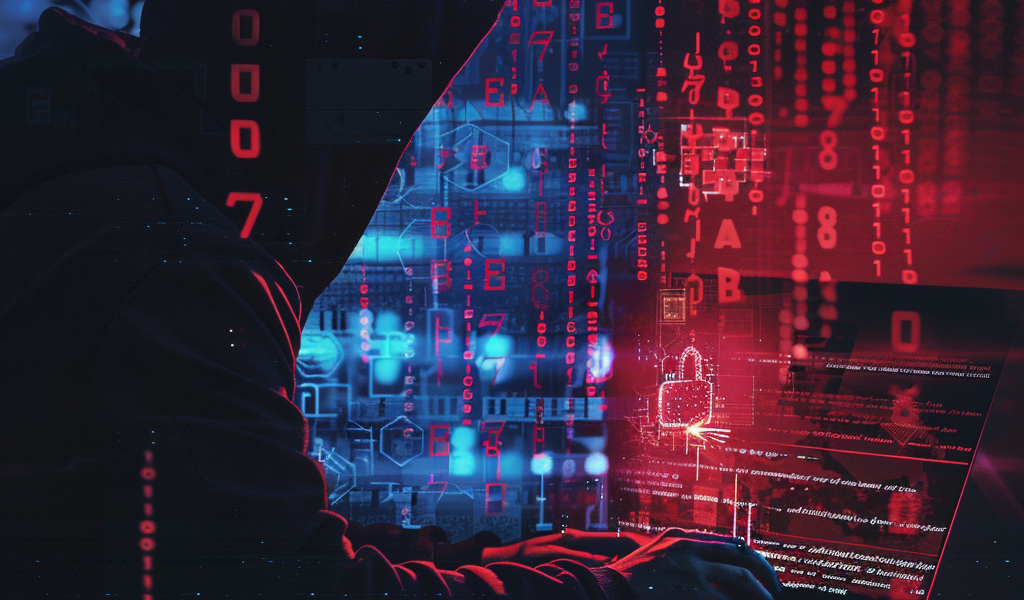In recent months, the digital landscape has witnessed an alarming surge in cybercrime, particularly through the use of infostealer malware. This type of malicious software has become a significant threat, pilfering millions of passwords, cookies, and even search histories from unsuspecting users. The implications of these breaches extend far beyond individual privacy concerns, posing serious risks to major corporations and their customers alike.
Reports indicate that cybercriminals have been actively advertising vast quantities of customer records from prominent companies such as Ticketmaster, Santander Bank, and AT&T. While data breaches have long been a recurring issue in the realm of cybersecurity, the recent incidents are noteworthy due to their interconnected nature. Each of these affected organizations had utilized the cloud data storage service provided by Snowflake, and the breaches occurred not through direct attacks on Snowflake itself, but rather through the exploitation of compromised login credentials linked to these accounts.
The attackers did not need to orchestrate a complex hack against Snowflake; instead, they leveraged credentials obtained from a diverse array of stolen data, which had been collected through infostealer malware. This malware has been operational for several years, gaining notoriety for its ability to infiltrate systems primarily via downloads of pirated software. Once inside a user’s machine, infostealers can extract a wealth of sensitive information, including usernames, passwords, cookies, financial details, and browsing histories.
Cybersecurity experts are raising alarms over the increasing use of infostealers by a wide range of malicious actors, from nation-states to individual hackers. Charles Carmakal, chief technology officer at Mandiant, a cybersecurity firm owned by Google, notes that various groups have adopted infostealers as part of their toolkit. This includes well-known hacking entities such as Russia’s APT29 and the cybercriminal organizations Lapsus$ and Scattered Spider. The versatility of infostealers makes them a common choice among hackers, who can utilize the stolen information to launch further attacks.
Infostealers are characterized not only by their ability to extract sensitive data but also by their integral role within the broader ecosystem of cybercrime. They are often employed as a means to gather information that can be exploited for more extensive attacks or sold on the dark web. The current trend indicates a rising sophistication in the strategies employed by cybercriminals, as they increasingly turn to infostealer malware to facilitate their operations.
The ramifications of these breaches are significant, particularly as infostealers continue to evolve. With the capability to compromise user accounts across various platforms, the potential for widespread damage is considerable. This has led to heightened concerns regarding the security of personal data and the integrity of corporate systems.
In light of these developments, both individuals and organizations are urged to adopt more robust security measures to protect their sensitive information. This includes implementing strong, unique passwords for different accounts, utilizing two-factor authentication, and remaining vigilant against phishing attempts that could lead to malware infections.
The ongoing threat posed by infostealers serves as a stark reminder of the vulnerabilities inherent in our increasingly digital world. As hackers continue to refine their techniques and exploit weaknesses in digital infrastructure, the importance of cybersecurity cannot be overstated. The need for comprehensive strategies to mitigate these risks is more pressing than ever, as the battle against cybercrime evolves.
As the landscape of cyber threats continues to shift, it is clear that the fight against infostealers and similar malware will require constant vigilance and adaptation. The collaboration between cybersecurity experts, businesses, and individuals will be crucial in developing effective defenses against these pervasive threats, ensuring that sensitive data remains protected in an ever-changing digital environment.





